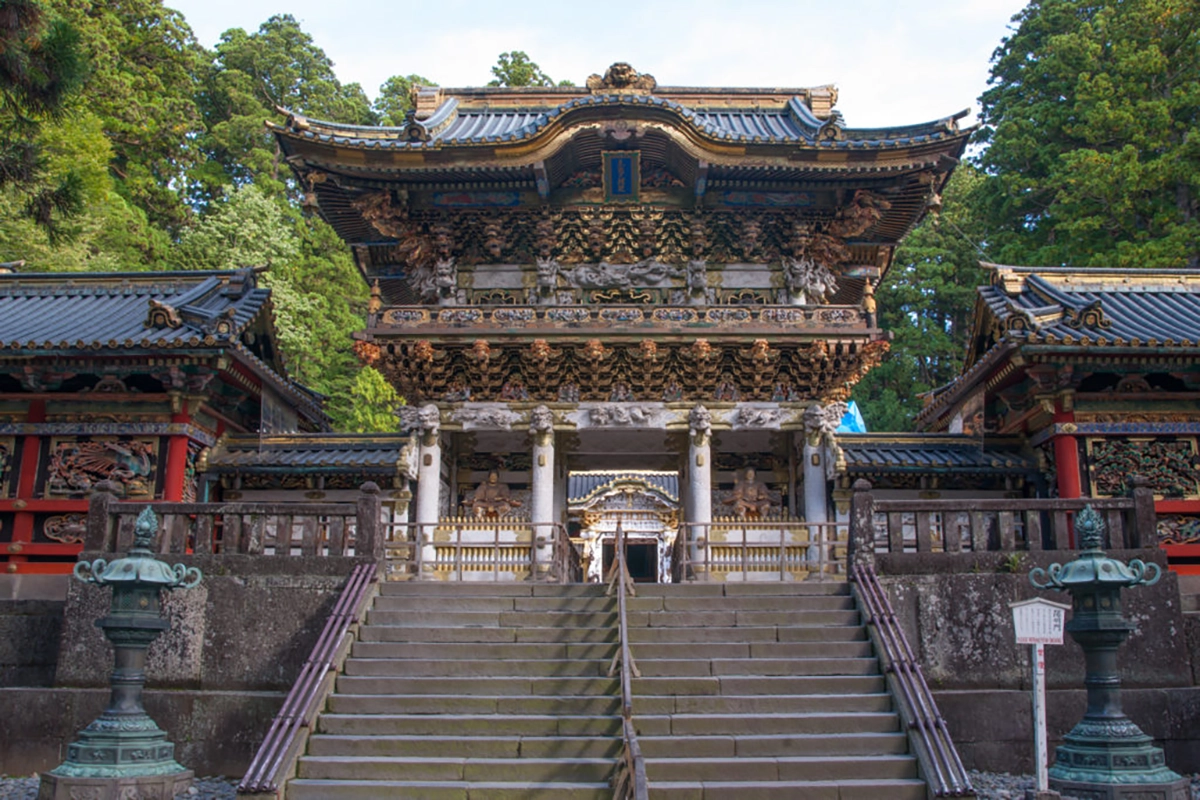
I first visited Nikko on a two-day school field trip in the sixth grade. It took about 2.5 hours from my elementary school in Yokohama to Nikko by bus. I have vivid memories of the spectacular Kegon Falls, the winding Iroha-zaka slope, and the impressive Tōshō-gū shrine. Nikko, a small city located in the mountains of Tochigi Prefecture, is especially beautiful in autumn when the leaves change color.
Table of Content:
Day 1: Nature’s Symphony
Day 2: Cultural Harmony
My recommendation for Day 1 is filled with Nikko’s natural wonder. As all these locations are not within walking distance of each other, I recommend you hire a taxi for a day or use a local bus. The second day is focused on the culture and history of Nikko. I recommend you visit three UNESCO sites – Shinkyo Bridge, Tōshō-gū, and Rinnō-ji. Amazingly, this small town has three World Heritage sites! I also added Kanaya Hotel at the end of the day. It is one of the oldest hotels in Japan, which is worth taking a look at.
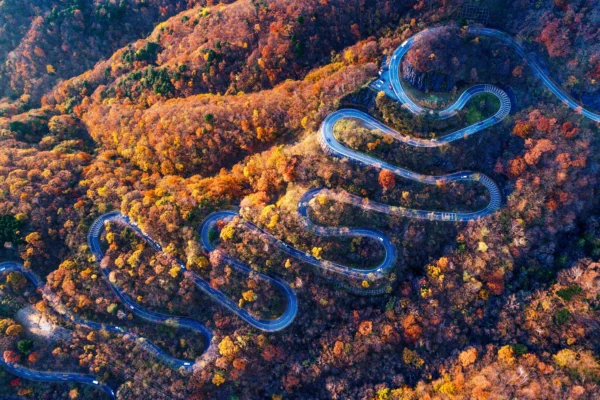
Iroha-zaka: We began our journey with a scenic drive along the Iroha-zaka winding roads. This path, known for its 48 curves, each representing a character in the Japanese syllabary, offers a mesmerizing ascent through lush landscapes. The drive is not just a travel route but a pathway through the heart of Nikko’s natural beauty, often cloaked in seasonal colors. If you are prone to car sickness, you might want to skip this part.
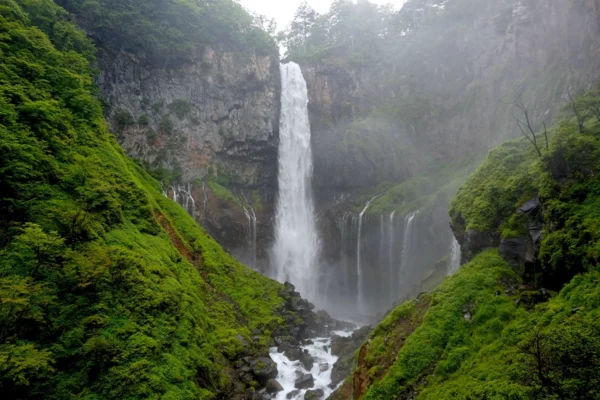
Kegon Falls: Next, we headed to the splendor of Kegon Falls, one of Japan’s most famous waterfalls. Dropping from a height of nearly 100 meters, the waterfall is a breathtaking sight, particularly in autumn when surrounded by fiery foliage. The thunderous sound of water and the serene ambiance make it a perfect spot for contemplation.
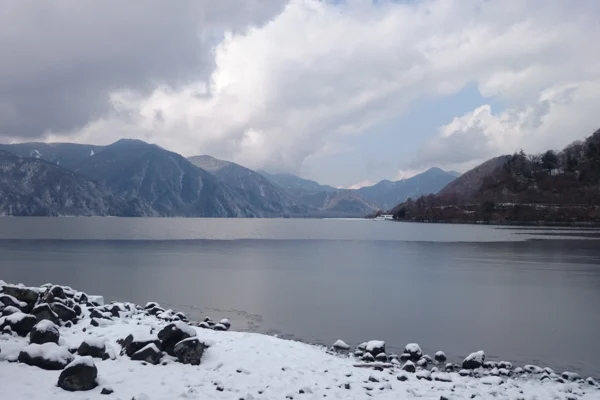
Lake Chuzenji: After the falls, we had a relaxing time by the tranquil Lake Chuzenji. Formed by a volcanic eruption, it’s a peaceful retreat with a stunning backdrop of mountains. Enjoy a leisurely boat ride or a stroll along the lake’s perimeter, immersing yourself in the calming presence of nature.
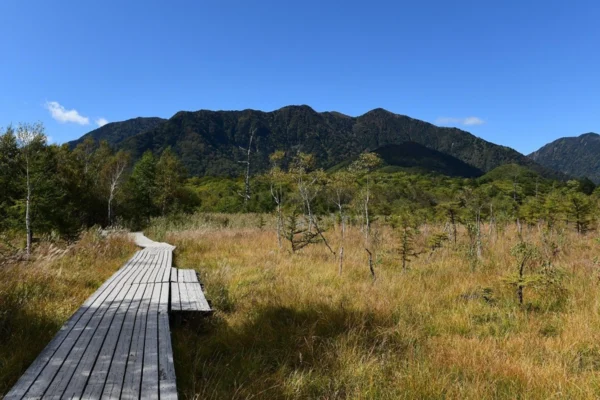
Senjogahara: We capped off the day with a walk through the Senjogahara marshland. This ecological wonder, with its boardwalks meandering through wetlands, is home to diverse flora and fauna. As the sun sets, the golden hues cast over the marsh create a surreal landscape, perfect for reflective evening walks.
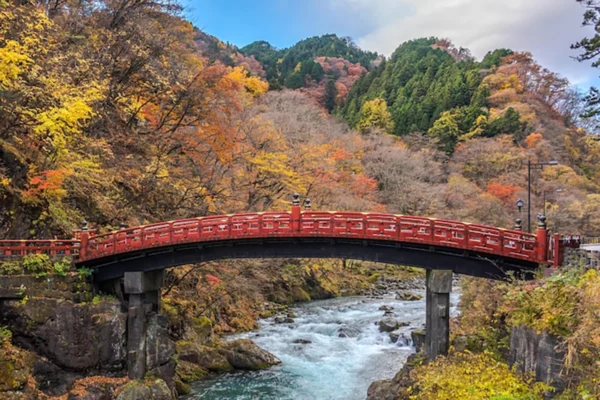
Shinkyo Bridge: We started our cultural exploration at Shinkyo Bridge, a sacred and historical landmark in Nikko. The vermilion lacquered bridge, considered one of Japan’s three finest bridges, is a striking contrast to the lush greenery of its surroundings. This UNESCO World Heritage Site is a symbol of entrance into the sacred area.
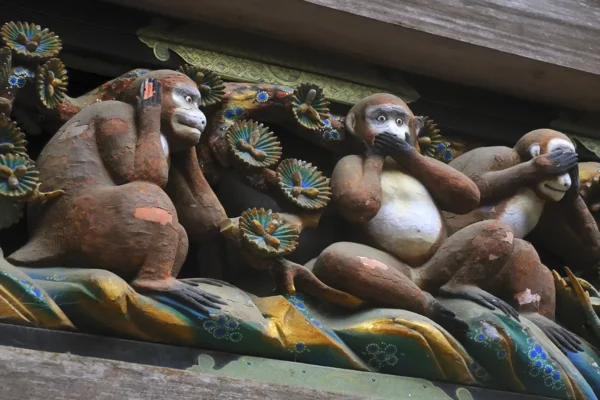
Nikkō Tōshō-gū: Next, we visited the lavish Nikkō Tōshō-gū, a Shinto shrine dedicated to Tokugawa Ieyasu, the founder of the Tokugawa shogunate. This UNESCO World Heritage Site is a masterpiece of Japanese craftsmanship, boasting intricate carvings, including the famous “Three Wise Monkeys.”
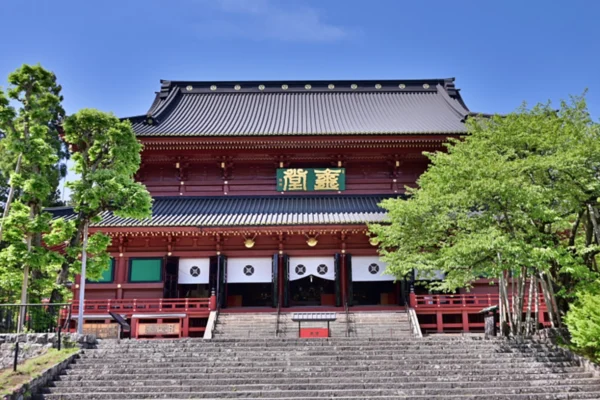
Rinnō-ji: We continued to Rinnō-ji, a complex of Buddhist temples and another UNESCO World Heritage Site, showcasing Nikko’s religious diversity. The main hall, Sanbutsudō, houses three giant, gold-leafed Buddha statues, each manifesting different aspects of Buddhist teachings. The serene atmosphere of Rinnō-ji offers a peaceful respite.
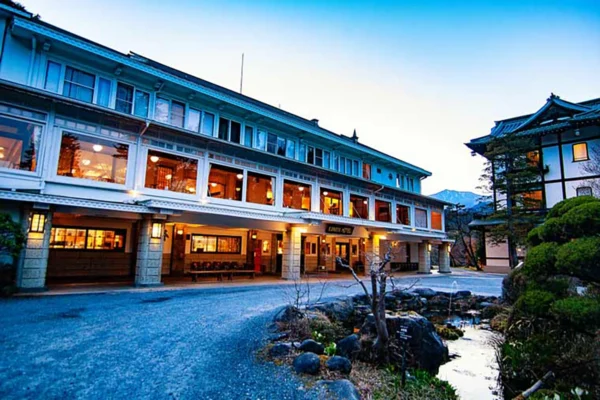
Dinner at Kanaya Hotel: We concluded our trip with a luxurious dinner at the historic Kanaya Hotel. Established in the 19th century, it blends Western and Japanese culinary traditions, offering a unique dining experience. The elegant ambiance, coupled with exquisite cuisine, provides a fitting end to your memorable journey in Nikko.
Contact us at [email protected], or click here to use our contact form.
Submission successful. You will receive a confirmation email, shortly.